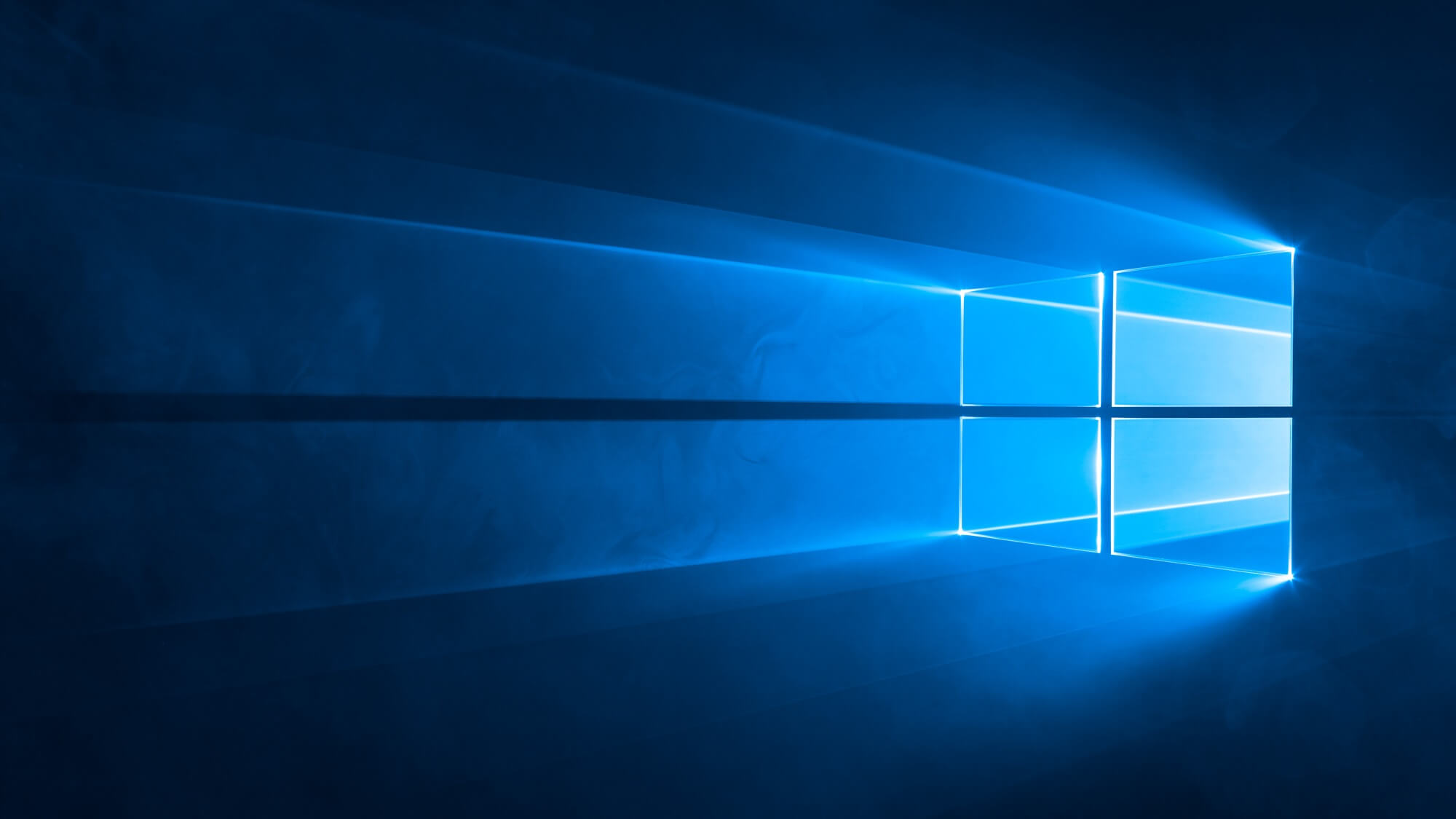Like other tech giants, Microsoft wants everyone to know that the company is heavily investing in AI. The latest example in this quest is Microsoft’s explanation today that it “leveraged AI at scale to greatly improve the quality and reliability of the Windows 10 April 2018 Update rollout.”
Windows 10 is being developed as a service, meaning it receives new features on a regular basis. Microsoft has released five major updates so far: November Update, Anniversary Update, Creators Update, Fall Creators Update, and April 2018 Update.

Unlock premium content and VIP community perks with GB M A X!
Join now to enjoy our free and premium membership perks.
![]()

![]()